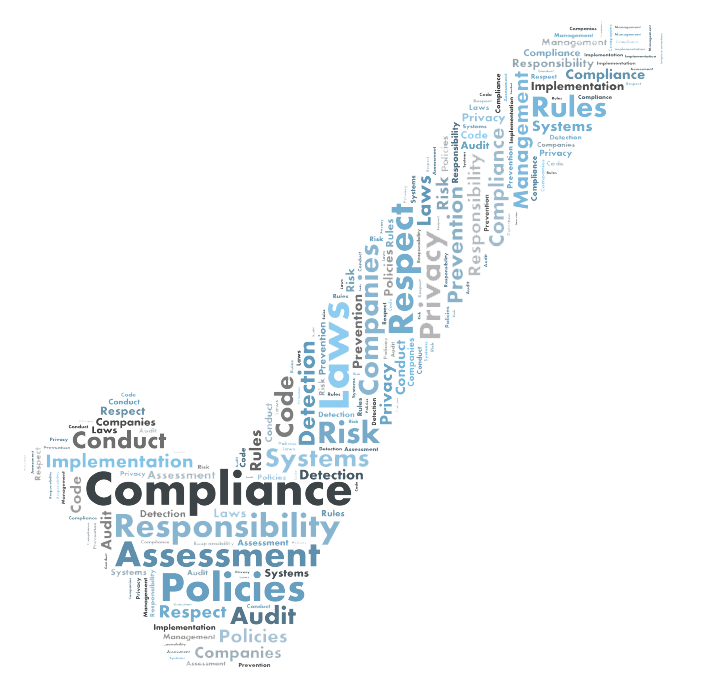 Following the financial crisis and economic recession of recent years, the life insurance industry is taking a hard look at their current vulnerabilities and risks. The resulting regulations will have a significant impact across all functions of the life insurance industry—and this trend of industry regulation is only anticipated to increase.
Following the financial crisis and economic recession of recent years, the life insurance industry is taking a hard look at their current vulnerabilities and risks. The resulting regulations will have a significant impact across all functions of the life insurance industry—and this trend of industry regulation is only anticipated to increase.
As regulatory changes sweep across the life insurance industry, what must insurers be on the lookout for?
Principal-Based Reserving Goes Live: Scheduled to start its three-year phase-in period on January 1, 2017, principal-based reserving (PBR) will impact most new products being issued—there are a few exceptions including final expense products. This relatively new method calls for life insurers to model their reserves based on a set of fundamental principles rather than one-size-fits-all rules. While PBR will not affect existing life insurance policies already bought, it will apply to all product issues after its implementation date. To prepare, insurers need to take a look at the resources necessary to implement this more dynamic approach to pricing, product development and reserving. Work should be done to determine necessary resources, put the right talent in place, and develop models and systems that will ensure they are compliant with the new requirements.
 DOL Fiduciary Rule Released: In April 2016, the Department of Labor (DOL) put forth a rule that will have a substantial impact on the business models of brokers, advisors and insurance agents nationwide when it goes live in 2017. Created in an effort to overhaul the set of rules governing the financial marketplace, this new rule will cover all financial professionals offering investment advice for retirement accounts that involve qualified money. Advisors and agents must now follow a “fiduciary standard” when recommending investments, putting their clients’ interests ahead of their own. As a result of the new rule, any advisor receiving compensation for making individualized investment recommendations to a retirement plan participant or IRA will be held to a higher standard than what most retirement advisers adhere to today—a lesser “suitability” standard that lets them recommend products that are suitable but not necessarily in their clients’ best interest. Life insurers may now find that their new products, processes and even internal customer service agents may be considered fiduciary and be required to fulfill these new regulatory requirements.
DOL Fiduciary Rule Released: In April 2016, the Department of Labor (DOL) put forth a rule that will have a substantial impact on the business models of brokers, advisors and insurance agents nationwide when it goes live in 2017. Created in an effort to overhaul the set of rules governing the financial marketplace, this new rule will cover all financial professionals offering investment advice for retirement accounts that involve qualified money. Advisors and agents must now follow a “fiduciary standard” when recommending investments, putting their clients’ interests ahead of their own. As a result of the new rule, any advisor receiving compensation for making individualized investment recommendations to a retirement plan participant or IRA will be held to a higher standard than what most retirement advisers adhere to today—a lesser “suitability” standard that lets them recommend products that are suitable but not necessarily in their clients’ best interest. Life insurers may now find that their new products, processes and even internal customer service agents may be considered fiduciary and be required to fulfill these new regulatory requirements.
MetLife Wins SIFI Appeal: A federal judge ruled that U.S. regulators acted unlawfully when they singled out MetLife for tougher regulatory supervision—designating it a “systemically important financial institution (SIFI)” whose failure could destabilize the economy. The judge ruled that the decision was “arbitrary and capricious” and that the Federal Stability Oversight Council (FSOC) failed to take a detailed look at MetLife’s vulnerability to financial distress and consider the financial impact of designating it a SIFI. This decision is expected to have broad implications for other firms who may be the recipient of the SIFI designation—Prudential recently announced that they would wait until the case goes through the appeals process before determining its next steps, while AIG has remained quiet on its response. Regardless of the results of any appeal, firms are now pressuring the FSOC to be more specific when it designates a firm. In addition, it is predicted that the FSOC will issue new guidance on future designations, hoping to mitigate some of the issues it ran into in the MetLife case.
As regulatory changes influence the landscape of the life insurance industry, organizations must remain informed on the growing evolution. Only those who prepare for the pending changes will be able to successfully navigate the new regulatory reality within insurance.
What regulation is your organization most concerned for?
 DOL Fiduciary Rule Released: In April 2016, the Department of Labor (DOL) put forth a rule that will have a substantial impact on the business models of brokers, advisors and insurance agents nationwide when it goes live in 2017. Created in an effort to overhaul the set of rules governing the financial marketplace, this new rule will cover all financial professionals offering investment advice for retirement accounts that involve qualified money. Advisors and agents must now follow a “fiduciary standard” when recommending investments, putting their clients’ interests ahead of their own. As a result of the new rule, any advisor receiving compensation for making individualized investment recommendations to a retirement plan participant or IRA will be held to a higher standard than what most retirement advisers adhere to today—a lesser “suitability” standard that lets them recommend products that are suitable but not necessarily in their clients’ best interest. Life insurers may now find that their new products, processes and even internal customer service agents may be considered fiduciary and be required to fulfill these new regulatory requirements.
DOL Fiduciary Rule Released: In April 2016, the Department of Labor (DOL) put forth a rule that will have a substantial impact on the business models of brokers, advisors and insurance agents nationwide when it goes live in 2017. Created in an effort to overhaul the set of rules governing the financial marketplace, this new rule will cover all financial professionals offering investment advice for retirement accounts that involve qualified money. Advisors and agents must now follow a “fiduciary standard” when recommending investments, putting their clients’ interests ahead of their own. As a result of the new rule, any advisor receiving compensation for making individualized investment recommendations to a retirement plan participant or IRA will be held to a higher standard than what most retirement advisers adhere to today—a lesser “suitability” standard that lets them recommend products that are suitable but not necessarily in their clients’ best interest. Life insurers may now find that their new products, processes and even internal customer service agents may be considered fiduciary and be required to fulfill these new regulatory requirements.